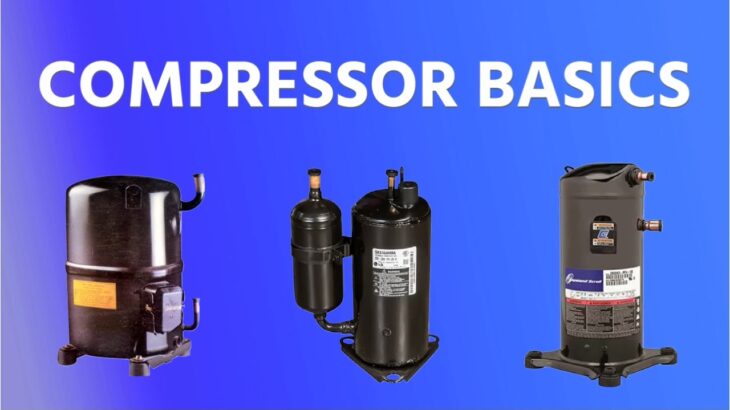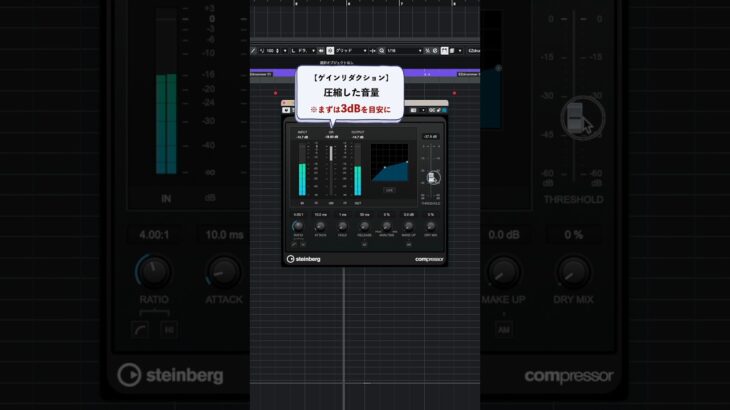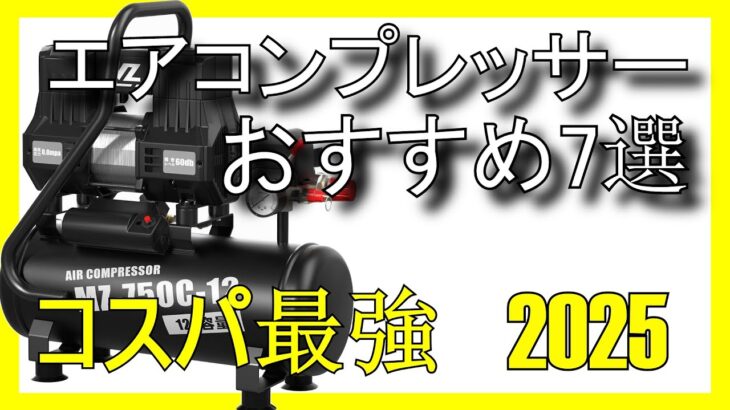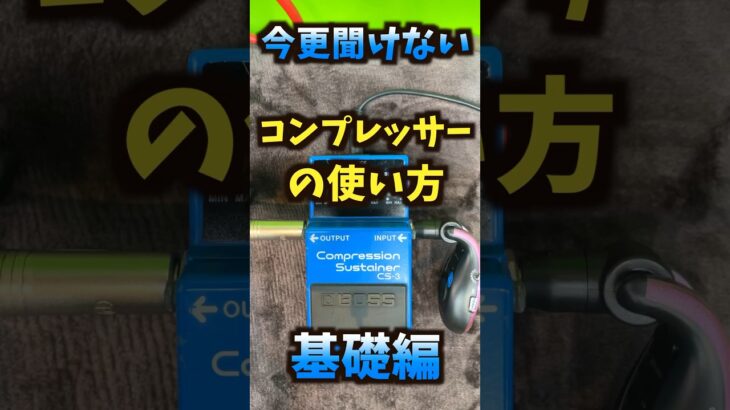This video is the ultimate guide to air conditioning compressor basics. Bryan explains how an A/C compressor works, what an air conditioning and refrigeration compressor does, and what it needs to do its job.
Compressors come in all sorts of types, including reciprocating, scroll, rotary, screw, and centrifugal compressors. All types increase the pressure of vapor refrigerant; they all decrease the volume to increase the pressure, which causes it to move.
Many compressors are powered by electrical plugs (often made of Fusite), which connect to the motor on the inside. Compressors generally have three different designs for varying degrees of accessibility: hermetic (sealed), semi-hermetic (bolted), and open-drive (where the compressor is separate from the motor).
Compressors can only compress vapor, not liquid. We check the superheat to make sure we’re only sending fully vapor refrigerant to the compressor; sending liquid to the compressor can damage it. The suction gas temperature is also important to ensure that the compressor head is being cooled adequately (for refrigerant-cooled compressors) and to make sure the mass flow rate is good.
Mass flow rate also plays into compression ratio, which is the ratio of absolute discharge pressure to absolute suction pressure. The compression ratio is a measure of how efficiently a compressor is pumping; too much compression indicates a lack of efficiency (such as through re-expansion).
Compressors have oil inside their crankcase, and a small amount of oil circulates with the refrigerant. Oil control is very important, as compressors have bearings that need to stay lubricated. If liquid refrigerant gets into the compressor, it can cause foaming and oil loss, which can lead to increased mechanical wear and possible premature failure over time. When liquid refrigerant migrates to the crankcase during the off cycle, it can create a flooded start that causes a lot of oil loss. (Crankcase heaters, liquid line solenoid valves, and hard shutoff TXVs can all help prevent flooded starts.) Overheating can also cause the oil to break down.
When the compressor increases the refrigerant pressure, it also increases the refrigerant pressure because the molecules move more quickly in a smaller space. For the most part, the heat content stays the same (with the exception of some minor contributions, such as from the motor windings) despite the temperature increase.
Read all the tech tips, take the quizzes, and find our handy calculators at https://www.hvacrschool.com/







